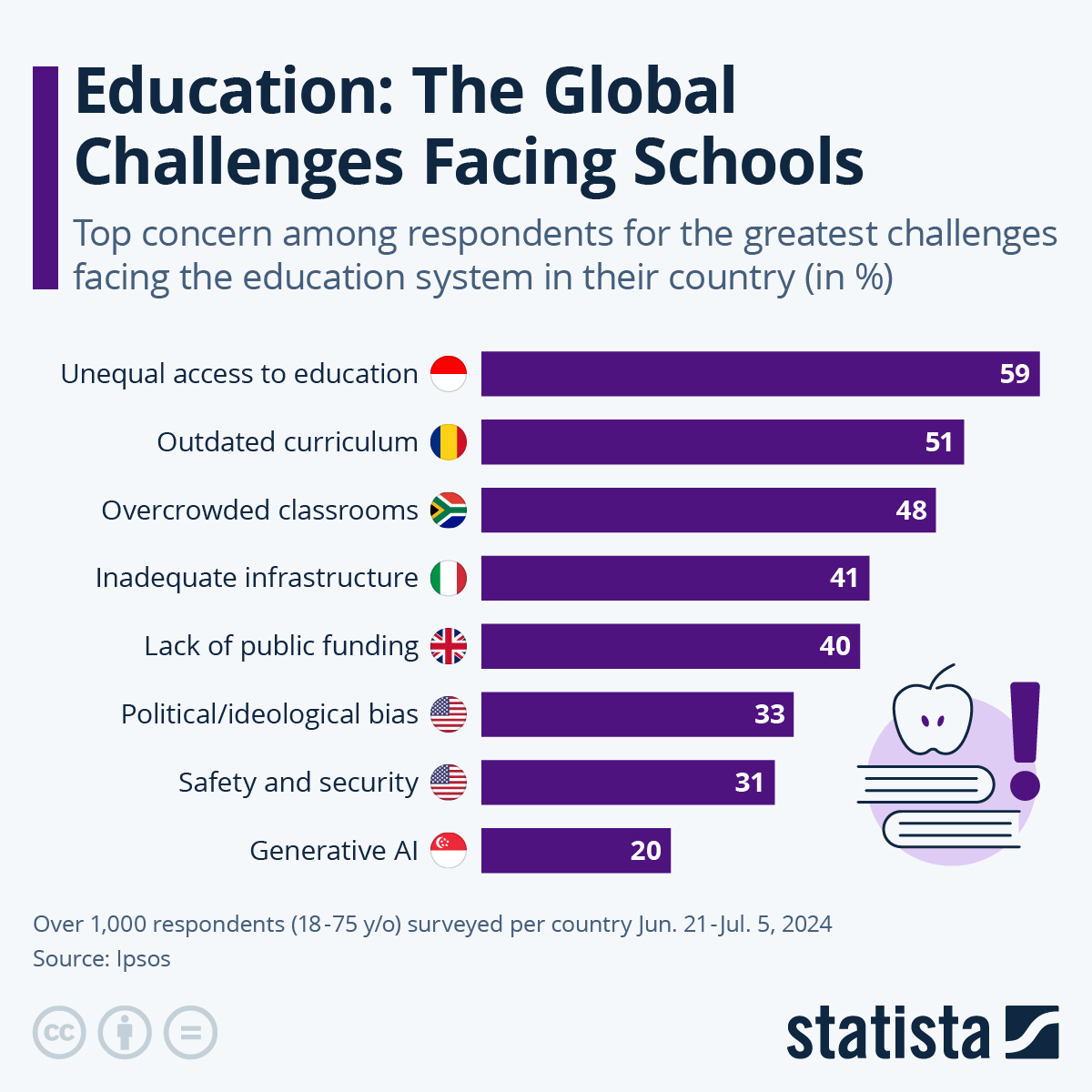Despite widespread school attendance, millions of children globally remain unable to read, write, or perform basic math. The COVID-19 pandemic exacerbated existing disparities. This report cuts through the headlines to illuminate real-world learning deficits, inequality drivers, and regional contrasts—and offers guidance on what can be done.
1. The Global Crisis: Schooling Without Learning 📚
In 2025, analysis of the UNESCO Global Education Monitoring Report reveals a shocking reality: six in ten children finish primary school without basic literacy and numeracy infographicsite.comtimesofindia.indiatimes.com. This “learning poverty” afflicts both low-income and wealthy nations. In the U.S., NAEP scores hit decades-low, with one-third of 8th graders below basic reading levels timesofindia.indiatimes.com.
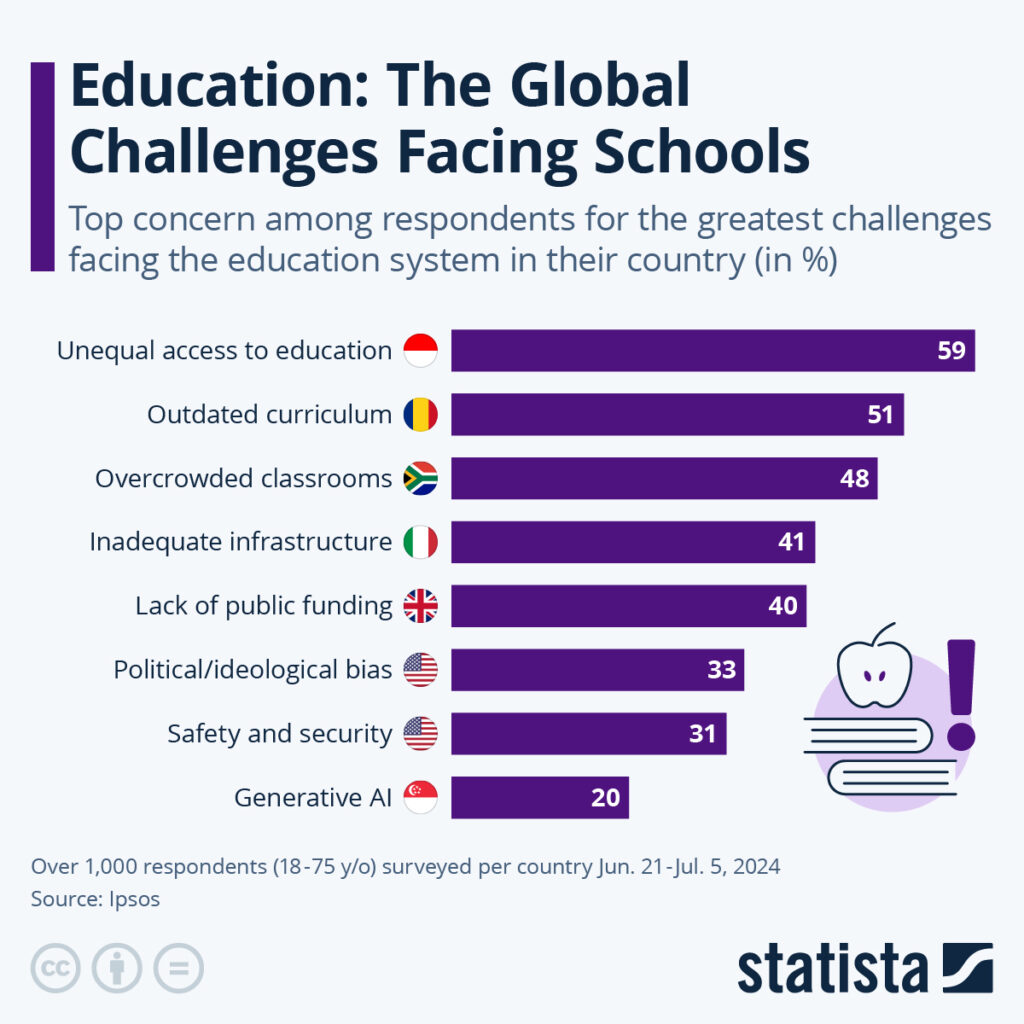
2. Learning Loss: COVID’s Lingering Impact
Post-pandemic, U.S. students remain half a grade behind in math and reading compared to 2019 — no state showed improvement in both subjects except Louisiana online.uwa.edu+14axios.com+14houstonchronicle.com+14. Chronic absenteeism—especially in poor districts—has further magnified these knowledge gaps en.wikipedia.org+4axios.com+4theguardian.com+4.
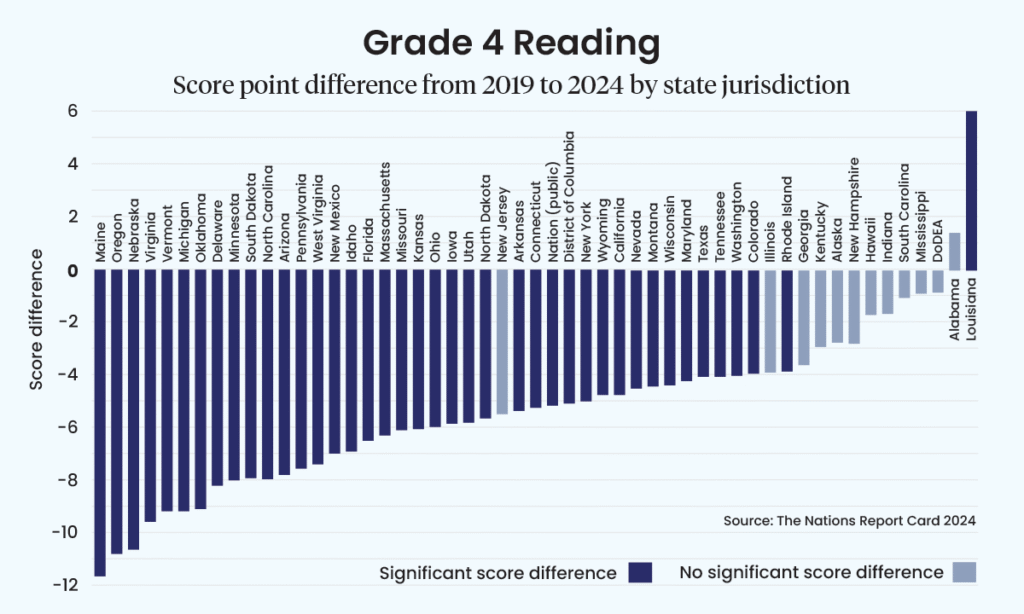
3. Attendance & Disadvantage
England’s Education Policy Institute warns that unauthorized absences are widening achievement gaps—especially among low-income and SEND students thenews.com.pk+15theguardian.com+15axios.com+15. In the U.S., absenteeism surged during COVID and hinders recovery with fragmented remediation efforts .
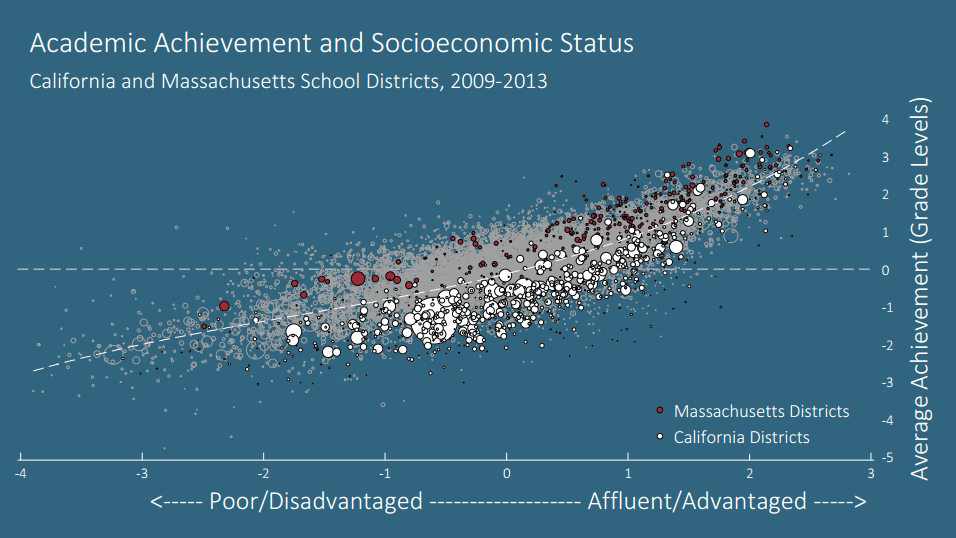
4. Regional Disparities: Rural, Urban, Global
4.1 Wealth & Location Divide
Rural U.S. districts often lag in funding, broadband access, and graduation rates . In Pakistan, only ~60% literacy overall, with female and rural enrollment significantly lower (only 22% women in labor) . UNESCO finds 251 million youth globally remain out of school—mostly in sub‑Saharan Africa and low-income countries unesco.org.
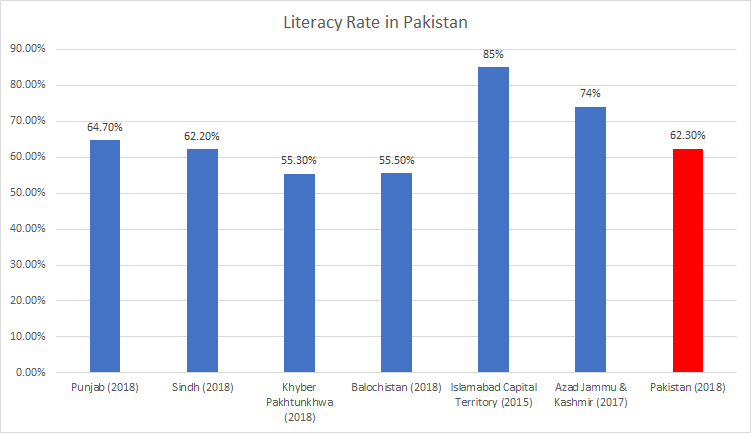
4.2 Gender & Ethnic Inequity
Pakistan: 59% of girls drop out by grade six, compared to 49% of boys blackdemographics.com+15en.wikipedia.org+15timesofindia.indiatimes.com+15. In Ghana and MENA, boys outperform girls in math and science visualcapitalist.com+5en.wikipedia.org+5en.wikipedia.org+5. In the U.S., majority–minority districts fund less and offer fewer advanced courses gitnux.org.
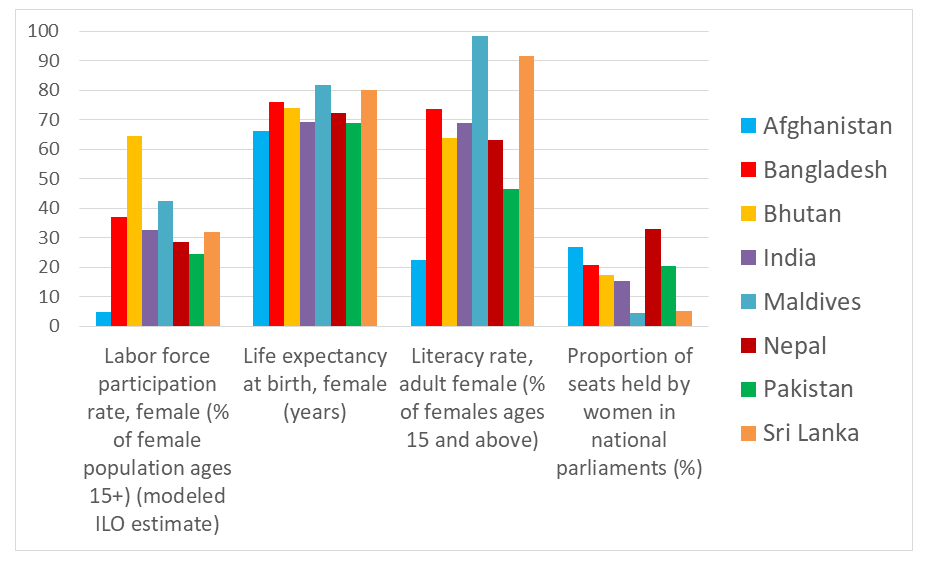
5. Early Gaps Widen Over Time
High‑SES kindergarteners start ahead—and stay ahead. Studies show strong correlations between socioeconomic status and literacy outcomes from kindergarten onward epi.org.
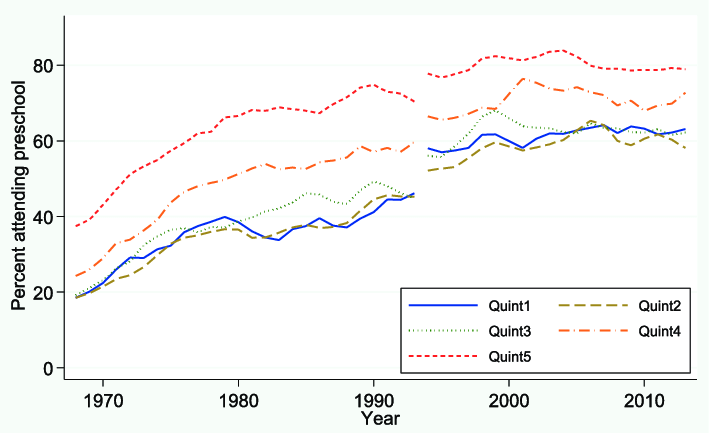
6. Advanced Learning & Opportunity Gaps
Only ~50% of Black and Hispanic students take AP/STEM classes compared to 75% of White students gitnux.org. Schools in high-poverty or minority areas have fewer extracurriculars, fewer experienced teachers, and higher dropout rates elearninginfographics.com.
7. Higher Education: Affordability & Mismatch
Philippines example: free K–12 but higher ed brings informal fees and poor job-market alignment—leading to dropouts, brain drain en.wikipedia.org. Pakistan investment remains ~1.7% of GDP vs UNESCO’s recommended 4–6% dailywaadi.com+1thenews.com.pk+1.
8. Regional Bright Spots & Reforms
U.S.
Districts like Spring Branch, TX, improved through early support programs and summer learning houstonchronicle.com.
Pakistan
Islamabad ranks highest in Pakistan on district-level education index; stark variance otherwise timesofindia.indiatimes.com+5pid.gov.pk+5axios.com+5.
Europe
Lithuania’s capital region boasts 72% tertiary attainment vs EU’s 43% average ec.europa.eu.
9. Solutions & Policy Directions
Key solutions include:
- Attendance-focused interventions: mentorship, community partnerships
- Targeted tutoring and extended learning time in low-performing areas axios.com+1apnews.com+1
- Early childhood investment to offset preschool SES gaps
- Equitable funding reforms, broadband access in rural districts
- Gender-sensitive policies in regions with stark gender disparities thenews.com.pk+2en.wikipedia.org+2dailywaadi.com+2
- Upgraded teacher training and resources in underserved zones
10. Conclusion: Are Students Really Falling Behind?
Yes—but not uniformly. Learning loss, attendance issues, and deep inequality are real crises. Despite participation, millions don’t learn to literacy standards. But targeted reforms—like the ones explored—can close gaps.
Appendix & Data Sources
- UNESCO GEM Report & COVID learning impact timesofindia.indiatimes.com+2axios.com+2timesofindia.indiatimes.com+2
- NAEP findings & Education Recovery Scorecard axios.com+1timesofindia.indiatimes.com+1
- U.S. NCES usage & attendance
- Pakistan education stats
- UNESCO out-of-school data
- SES gaps from EPI theguardian.com
- US opportunity gap & minority school funding gitnux.org
- Philippines higher education report
- Ghana/MENA issues en.wikipedia.org
- EU tertiary stats ec.europa.eu

